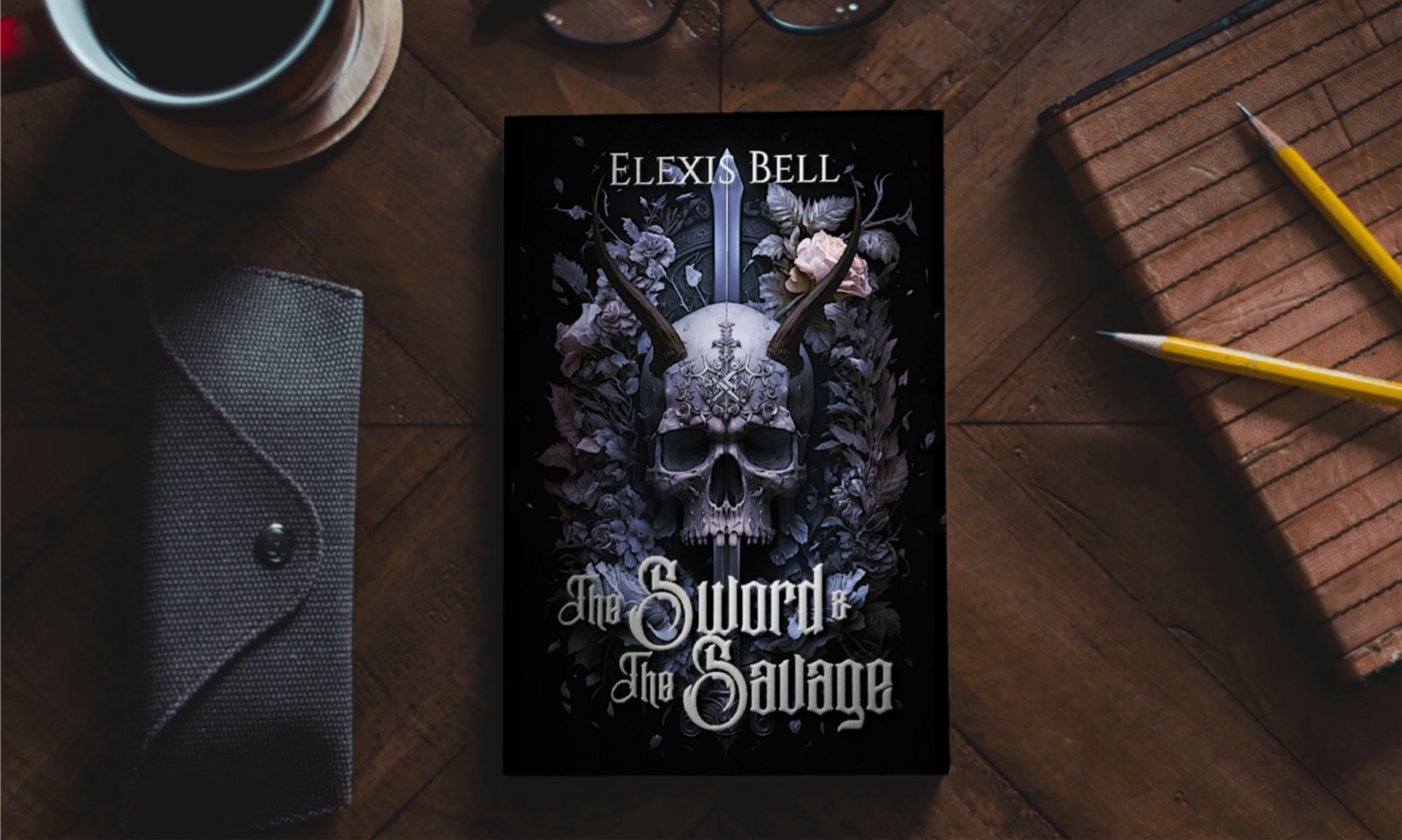I often rage about overly-detailed books. I don’t like being bogged down with unnecessary information.
But you can’t strip it all away either.
I mean, you could, but the result may not pull your readers in.
It’s a fine balance, and the line lies somewhere different for everyone depending on style and genre. But no matter what, you need some scene descriptions. Your characters probably don’t exist in a void. They interact with things around them, and those things interact with them.
If they’re outside, the wind might tousle their hair.
If they’re in a kitchen, they might lean against the counter while talking.
These little things that might feel superfluous are important because they connect the character, and thus the reader, to their world. It means that, instead of floating in a dark nothingness, the characters have mass. They take up space within a world, even if it’s a made up one.
That gives them weight. It makes them more realistic and thus, more relatable.
So, while you don’t want your reader to feel like you’re suffocating them under red velvet curtains layered over lace sheers that pool on the white marble floor whose mineral veins streak and sparkle from one ornately wrought wall to another…
You do need some detail to make sure the character feels grounded, in a literal way.
But how do you do it without overwhelming your reader?
Broad strokes first.
Maybe their eyes drift over the forest before them, rising to the mountain range behind it. Or maybe they’re looting in the apocalypse, and enter a trendy office space with colorful furniture.
These general notions give the reader an idea of what’s around the character without slowing things down or becoming overwhelming.
Sprinkle in some details.
Don’t info-dump. Instead, add a detail every so often, punctuating dialogue or movement with it.
When I enter a room, I don’t often stop in place to take in every detail down to the fabric a certain item of clothing draped over a chair is made of. Most people don’t.
These things are noticed slowly over time, if at all.
Show it through the lens of your character.
Instead of describing the room in the aforementioned (and dreaded) info-dump and then saying that your character is walking through it, maybe say that their footsteps echo in the cavernous space, boots thudding against the stone floor. That gets the action and some description taken care of in one sentence without bogging anything down.
Or instead of detailing worn down furniture and then describing your character’s anxiety, show them worrying ceaselessly at a loose string on the threadbare couch.
Showing what the character interacts with directly really helps to anchor them.
Find me on Goodreads.
Subscribe for sneak peeks and updates on my upcoming books (and get a free short story).
Check out my gritty, literary sci-fi and fantasy books here.
Want to help fund this blog and my writing efforts? You can support me directly here.
